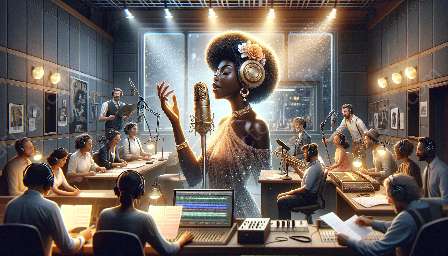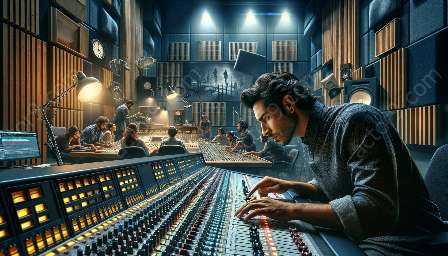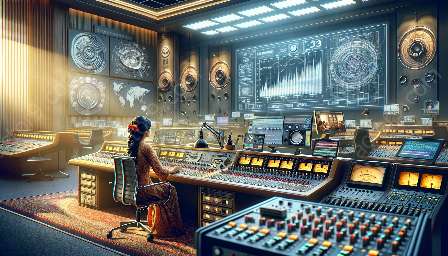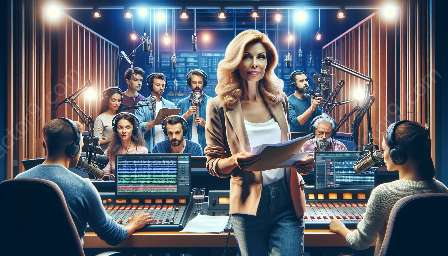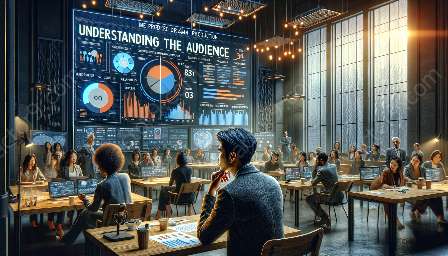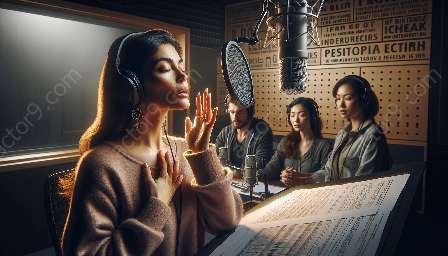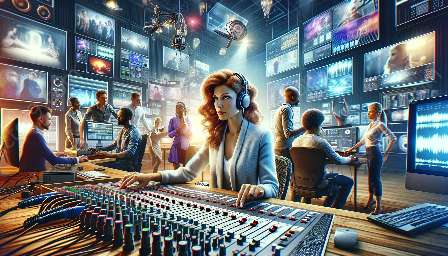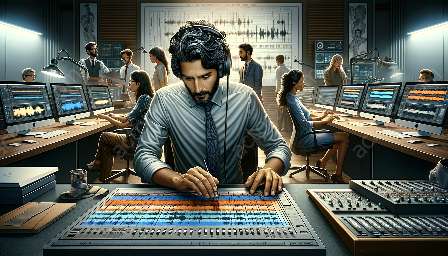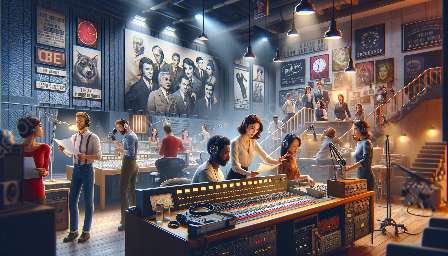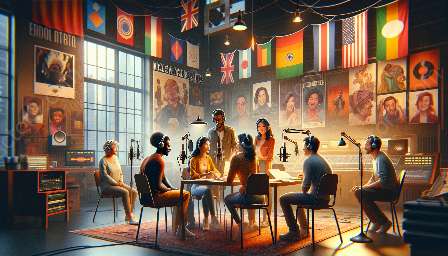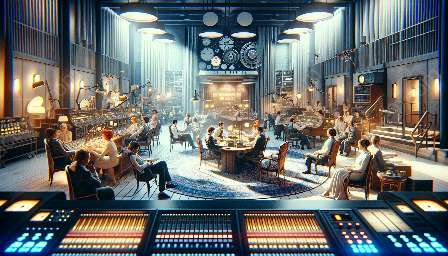Radio dramas have a long and storied history, captivating audiences with immersive storytelling and compelling narratives. One of the critical elements that bring radio dramas to life is sound design. In this guide, we will explore various sound design techniques for radio dramas, highlighting how they can be used to enhance the overall production of live radio dramas and elevate the art of radio drama production.
The Importance of Sound Design in Radio Dramas
Sound design plays a crucial role in radio dramas, serving as the backbone of the auditory experience. Unlike visual mediums, radio dramas rely solely on sound to create immersive worlds, evoke emotions, and engage listeners. From creating convincing environments to setting the mood, sound design techniques are essential in crafting a captivating radio drama.
Creating Atmosphere and Environments
One of the primary sound design techniques for radio dramas is creating atmospheric and environmental sounds. By utilizing a combination of Foley sounds, ambient noises, and sound effects, radio producers can transport listeners to different settings and locations within the story. Whether it's a bustling city street, a serene countryside, or a mysterious forest, the careful selection and layering of sounds can effectively establish the atmosphere and immerse the audience in the story's world.
Utilizing Foley Artistry
Foley artistry is a cornerstone of sound design for radio dramas. It involves the creation and recording of everyday sound effects to enhance the realism of a scene. From footsteps and door creaks to the clinking of glasses and rustling of clothing, incorporating Foley sounds adds depth and authenticity to the audio narrative. Live radio drama productions often rely on skilled Foley artists to perform these sound effects in real-time, contributing to the dynamic nature of the performance.
Employing Musical Score and Soundtracks
Music and soundtracks are powerful tools in enhancing the emotional impact of radio dramas. Thoughtfully selected music can underscore dramatic moments, build tension, or evoke specific moods, enriching the storytelling experience. Sound designers and radio drama producers work collaboratively to integrate original compositions or licensed music into the production, aligning the audio elements with the narrative's tone and intent.
Challenges and Considerations in Sound Design for Live Radio Dramas
Producing live radio dramas presents unique challenges for sound design, as the audio elements must be seamlessly integrated into the performance while maintaining precision and timing. The interplay between actors' dialogue, sound effects, and musical cues requires meticulous coordination to ensure a cohesive and engaging presentation.
Real-Time Sound Effects
Unlike pre-recorded radio dramas, live productions demand the execution of sound effects in real time. This necessitates extensive rehearsal and coordination among the sound design team, actors, and technical crew to synchronize the auditory components with the live performance. Strategic placement of sound cues and seamless execution are essential for a seamless and impactful production.
Technical Considerations
Technical considerations also play a pivotal role in live radio drama sound design. From microphone placement and mixing techniques to live sound manipulation, sound designers must work in tandem with the production crew to ensure optimal audio quality and balance during the live broadcast. Utilizing state-of-the-art equipment and leveraging sound engineering expertise are instrumental in overcoming technical challenges and delivering a flawless auditory experience.
Exploring Innovations in Radio Drama Sound Design
Advancements in technology have opened new frontiers for radio drama sound design, offering opportunities for creative experimentation and groundbreaking innovations. Immersive audio formats, spatial soundscapes, and binaural recording techniques have redefined the possibilities of auditory storytelling, allowing radio dramas to captivate audiences with multidimensional sonic experiences.
Binaural Recording and 3D Audio
Binaural recording techniques enable sound designers to create a sense of spatial realism, enveloping listeners in a three-dimensional sonic environment. By utilizing specialized microphones that mimic human ear anatomy, radio drama producers can craft immersive audio experiences that simulate the sensation of being present within the story's surroundings. This innovative approach to sound design elevates the level of immersion and engagement in radio dramas, heightening the overall impact on the audience.
Interactive Soundscapes and Dynamic Audio Elements
Interactive soundscapes introduce dynamic audio elements that respond to listener input or character actions, enhancing interactivity and engagement. Through the integration of responsive sound design, live radio dramas can offer a personalized and adaptive auditory journey, creating a sense of participation and agency for the audience. These interactive features amplify the connection between the listeners and the narrative, forging a more intimate and compelling storytelling experience.
Conclusion
Sound design serves as a cornerstone of radio drama production, enriching the storytelling process and captivating audiences with immersive auditory experiences. By leveraging diverse sound design techniques, radio producers can elevate the art of live radio dramas, creating compelling narratives that resonate with listeners. As technology continues to evolve, sound designers have unprecedented opportunities to push the boundaries of audio storytelling, driving innovation and creativity in the realm of radio drama production.

